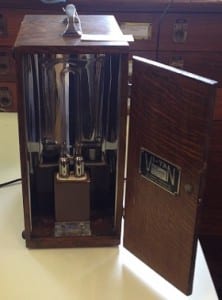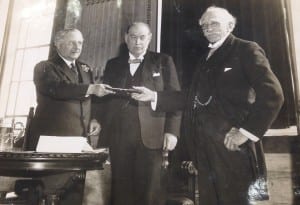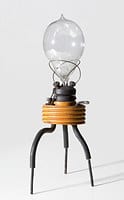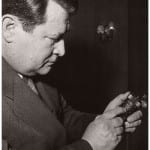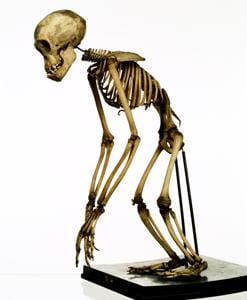Magic Lantern Slides and Historypin
By Nick J Booth, on 12 July 2016
This is a guest post by Bethany Gugliemino, a Museum Studies MA Student carrying out her placement with the UCL Teaching and Research Collections.
Hello! In my last post, I told you a bit about my work with UCL’s magic lantern slide collection and shared some of my favourite slides. Today, I want to show you where you can see more of this collection and even help us identify some of the more mysterious content.
As I’ve been cataloguing the slide collection over the last few months, I’ve created a separate list of slides that show an identifiable (or potentially identifiable) location somewhere on earth. This is a shorter list than you might think, since so many of the slides are lecture notes, graphs, and diagrams of scientific equipment. Working with this list, I’ve begun uploading images of these slides to the website Historypin. This site allows users to upload historic images and pin them to a specific location and to create collections and tours of different subjects.
You can see UCL’s collection of images on Historypin here. Zoom in or out on the map on the left and adjust the date range to filter the slides that appear in the gallery on the right.
So far, there are images ranging from Alexander Graham Bell’s family home in Canada to officers inspecting a wireless radio installation in St. Petersburg. (more…)
 Close
Close



